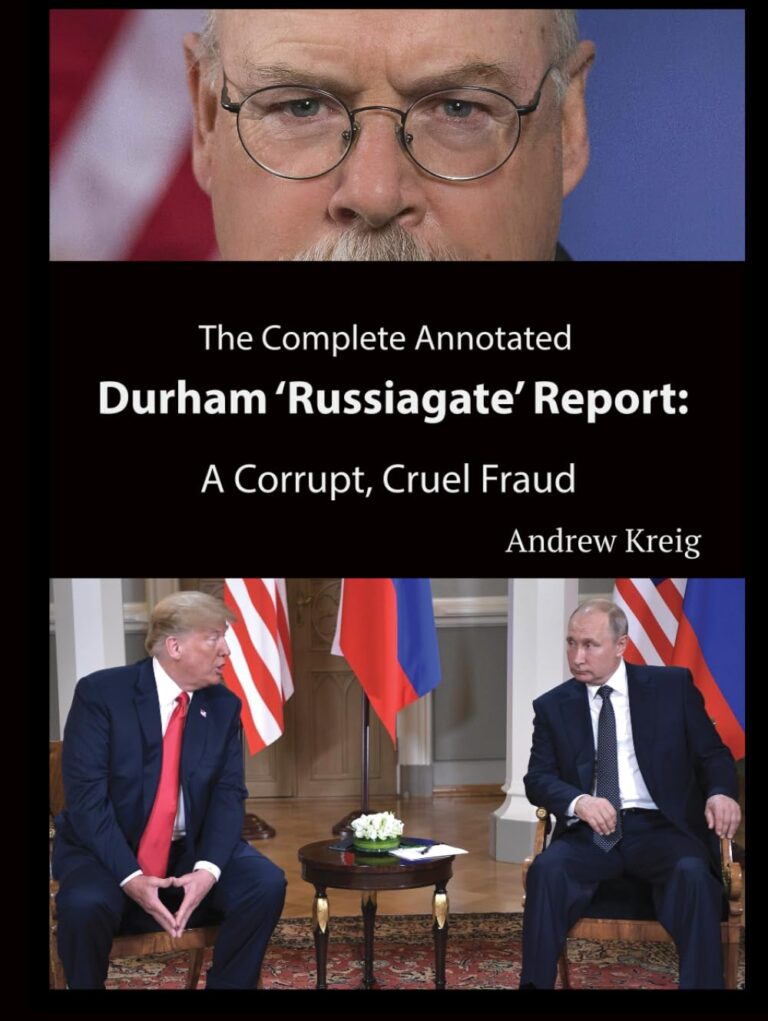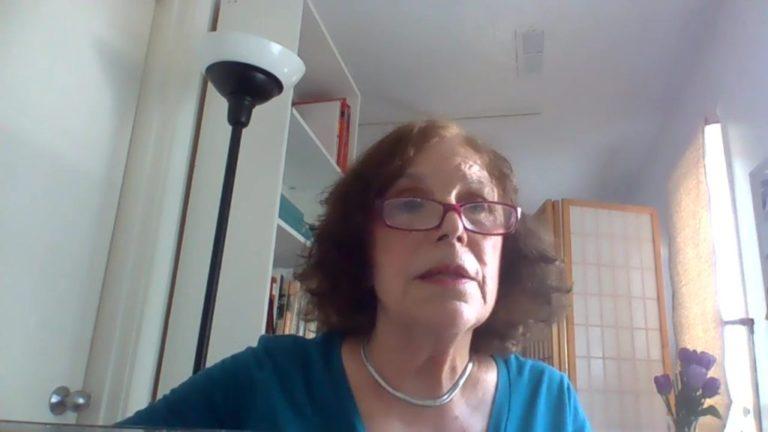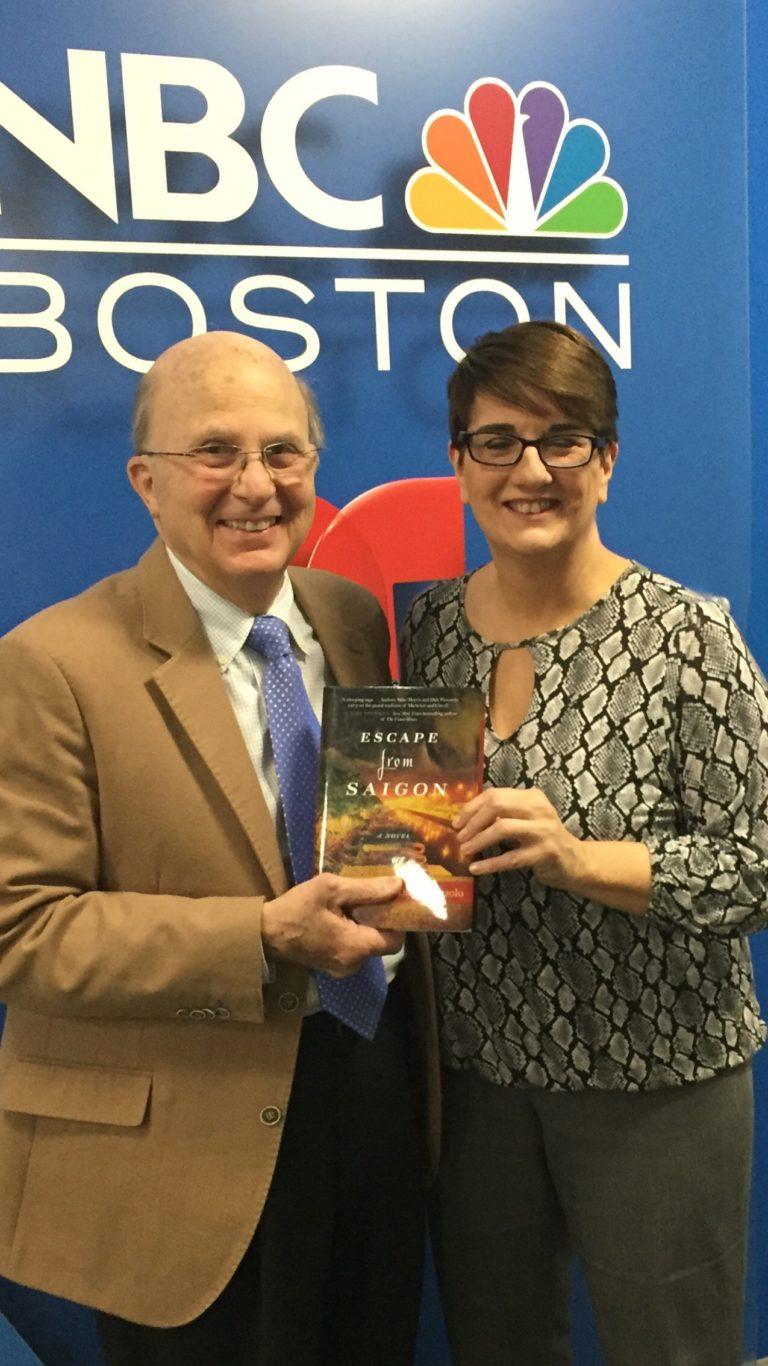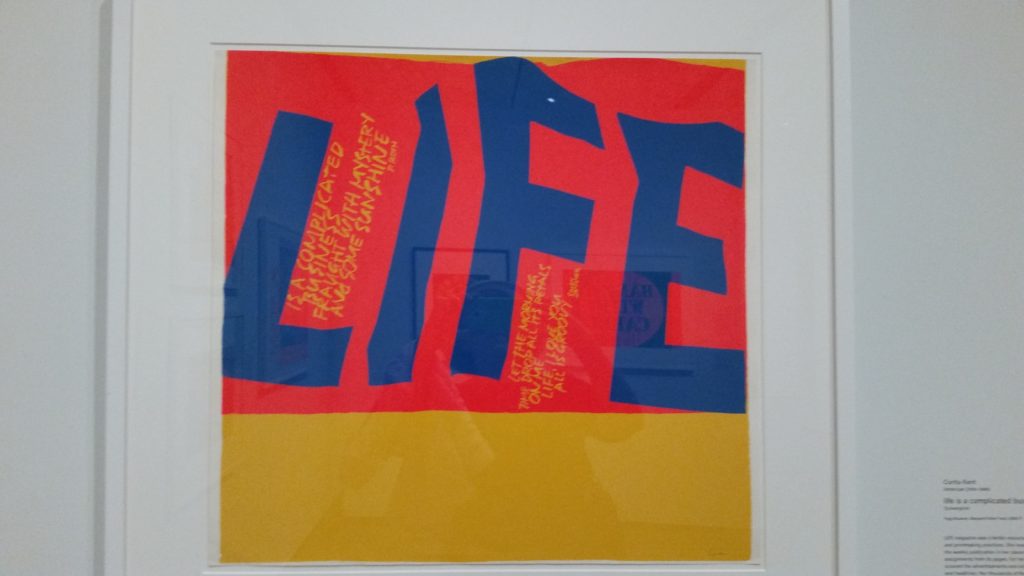Andrew Kreig's timely publication exposes a 2023 U.S. Justice Department report as a Trump-friendly probe that weaponized...
author
Sometimes, I call Ithaca Diaries "Gidget Goes to the Revolution" which, in a way, sums up...
For Veterans Day, 2018, author and Air Force Vet Dick Pirozzolo explains why people who have served...
Writer and communications consultant Anita Harris asks if Bernie and Phyl's new sexualized furniture ads are a...
“Convergence science has advanced across many fronts, from nanotechnology to regenerative tissue,” says Nobel Laureate Phil Sharp...
At the Fogg Museum's "Corita Kent and the Language of Pop," author Anita Harris...





